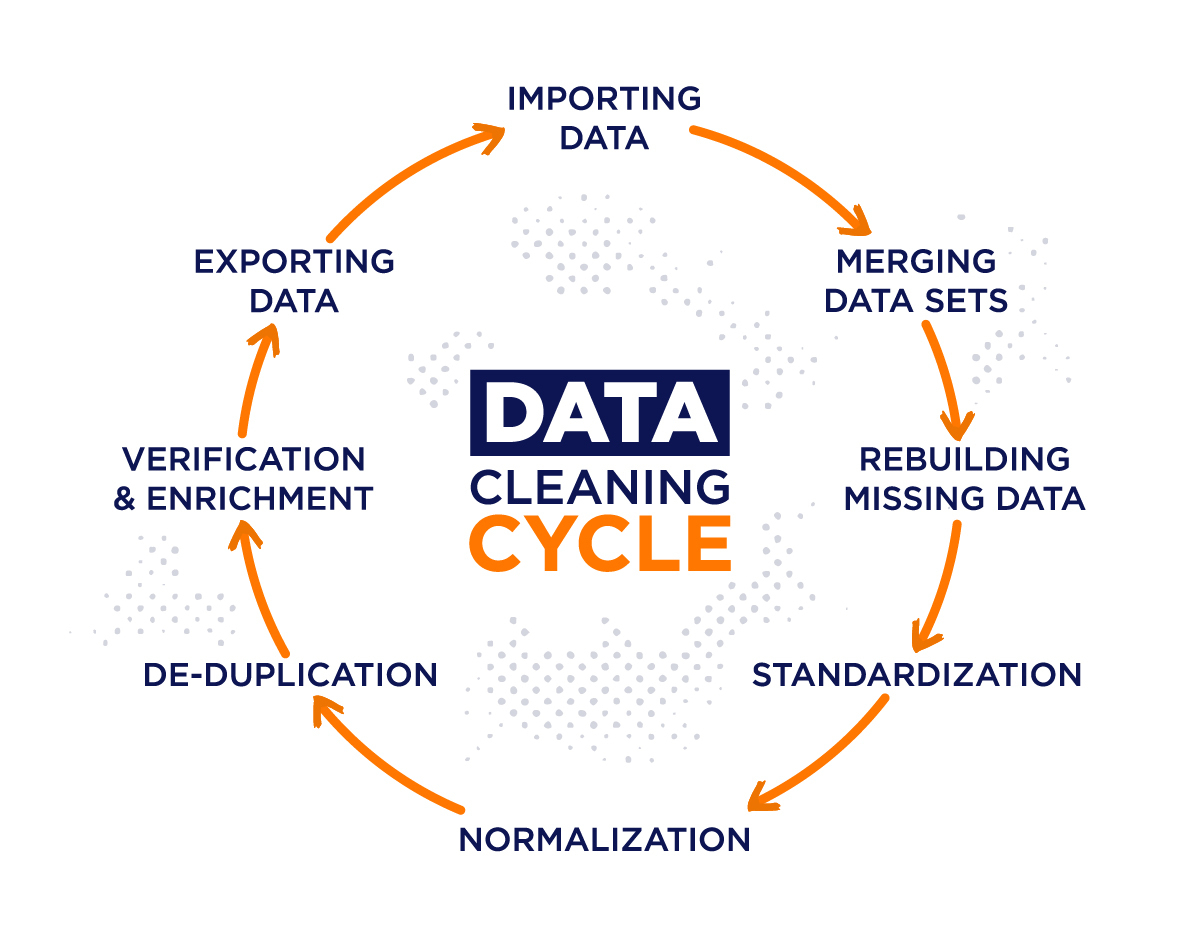Awe-Inspiring Examples Of Tips About How To Clean Data

Import the data from an external data source.
How to clean data. Duplicates are usually caused by two things: If the data is unfixable, you will need to remove the bad elements to properly clean your data. For example, if you want to remove trailing spaces, you can create a new column to clean the data by using a formula, filling down the new column, converting that new column's formulas to values, and then removing the original column.
Structural errors are when you measure or transfer data and notice strange naming. Data cleaning involve different techniques based on the problem and the data type. Are there entire columns with no data?
Data cleaning, data cleansing, or data scrubbing is the act of first identifying any issues or bad data, then systematically correcting these issues. Any rows with empty values. You’ll also deal with any missing values.
There are tools to help you remove duplicate data. Data cleaning, or cleansing, is the process of correcting and deleting inaccurate records from a database or table. After data collection, you can use data standardisation and data transformation to clean your data.
Broadly speaking data cleaning or cleansing consists of identifying and replacing incomplete, inaccurate, irrelevant, or otherwise problematic (‘dirty’) data and records. Data validation at the time of data entry or collection helps you minimize the amount of data cleaning you’ll need to do. Remove duplicate or irrelevant observations.
The basic steps for cleaning data are as follows: Which data is missing and why? Overall, incorrect data is either removed, corrected, or imputed.
For instance, if you work with google contacts, you can merge your contacts and detect duplicates for free. How to clean data step 1: What questions do you want to answer or problems do you want to solve?
Find out what is wrong with your data put on your detective hat and jot down everything interesting, surprising, or even weird. Remove irrelevant data first, you need to figure out what analyses you’ll be running and what are your downstream needs. Why is data cleaning so important?
Removal of unwanted observations since one of the main goals of data cleansing is to make sure that the dataset is free of unwanted observations, this is classified as the first step to data cleaning. Remove unwanted observations from your dataset, including duplicate. Take a good look at your data and get an idea of what is relevant and what you may not need.


















